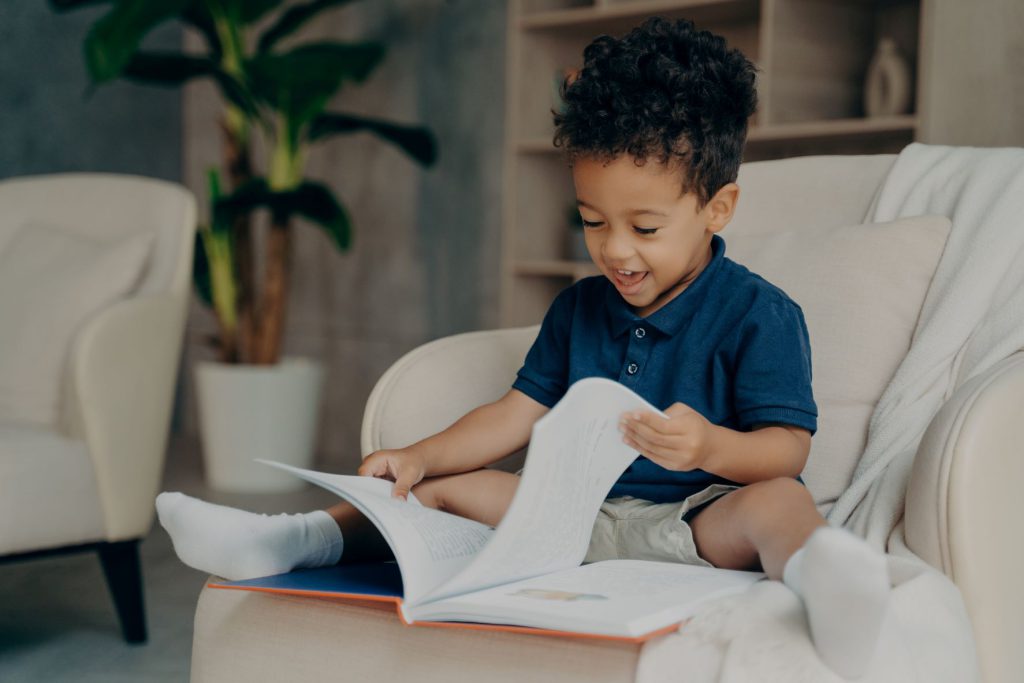How Do I Teach My Child to Read?
Before you teach your child how to read, you must first understand the basics. Phonics refers to the science of how words are formed from sounds and their spellings. To help your child understand the relationship between the sounds and their spellings, you need to explain the process of blending words.
Recoding phonological
Phonics is a method of teaching reading that uses simple words and the relationship between their sounds. It involves breaking words down into sounds called phonemes and blending them to form words. Once a child is proficient in this technique, they will be able to read paragraphs, pages, and sentences. When introducing phonics to your child, you’ll start with the phonemes, which are the first letters of words.
When teaching phonics, make the lessons fun and meaningful. You can do this by reading to your child daily and looking for new words they can read. You can even add captions to photos, but only after they have mastered reading the words.
Once your child is comfortable with the sounds, you can introduce more difficult words and phrases. Try to teach your child about different kinds of words, such as ‘a, b, and c’. You can also play ‘hunt the word’, which is a game where children must find a word starting with a particular letter or sound.

Orthographic mapping
Orthographic mapping is a great way to introduce and reinforce sound-letter correspondence. It requires strong phonemic awareness and sound-symbol skills. Most successful sessions cover a few words at a time, lasting between three and five minutes. The short lesson length keeps kids engaged. It helps children develop a long-term memory for words by emphasizing sounds, rather than letters. For example, the word brush has five letters, but only four sounds.
By the third grade, children have developed orthographic mapping. Students who do not develop orthographic mapping will have difficulty developing sight word vocabulary and will be disfluent and hesitant readers. In such cases, intervention is recommended to develop phonemic awareness and phonics skills.
Students who are proficient in orthographic maps are on their way towards becoming good readers. Those who aren’t yet proficient in orthographic mapping should practice reading more to improve their skills. This is because they may encounter unfamiliar words for the first time.
Books with decodable content
A decodable books is one of most popular ways to teach your child how to read phonics. These books have decodable words and can help your child learn to read without frustration. These books can be used in whole-class lessons or in paired reading. These books can also be used in 1:1 sessions for your child if they require extra support. However, make sure to buy age-appropriate decodable books for children who are struggling readers. These children often have low self-esteem due to past failures. Giving them ‘babyish books’ only serves to reinforce their low self-esteem.
Decodable books are a great option for beginning readers because they allow your child to develop the skills necessary for independent reading. It is a great way for your child to build self-esteem and confidence, and encourage them to read more. Decodable books also allow your child to practice fluency skills.
Word games
Word games can be a great way to teach your child how to read. They are simple and require very little preparation. You can play them wherever you are, including the kitchen, bedroom, bath, or car. They also improve your child’s literacy skills. And they’re free!
Word games help children recognize and count syllables. They help them to develop their thinking skills, celebrate language, and improve their communication skills. For example, if you teach your child to read with word cards, they’ll learn to recognize words containing the syllables “ri”.
Word games can be used to teach sight words that are difficult to learn from images. These games can help children identify words as they read them and associate them with a story. It is important that words flow together to make sense. By playing word games, your child will be able to recognise whole words, which will lead them to become fluent readers.
Reading Eggs is an excellent example of a phonics curriculum. This program combines synthetic phonics with word games and teaches your child how to identify and blend letters. Reading Eggs Fast Phonics is a government-led program that uses a synthetic phonics approach to teach reading. It is designed to meet the needs of both emerging and older students.